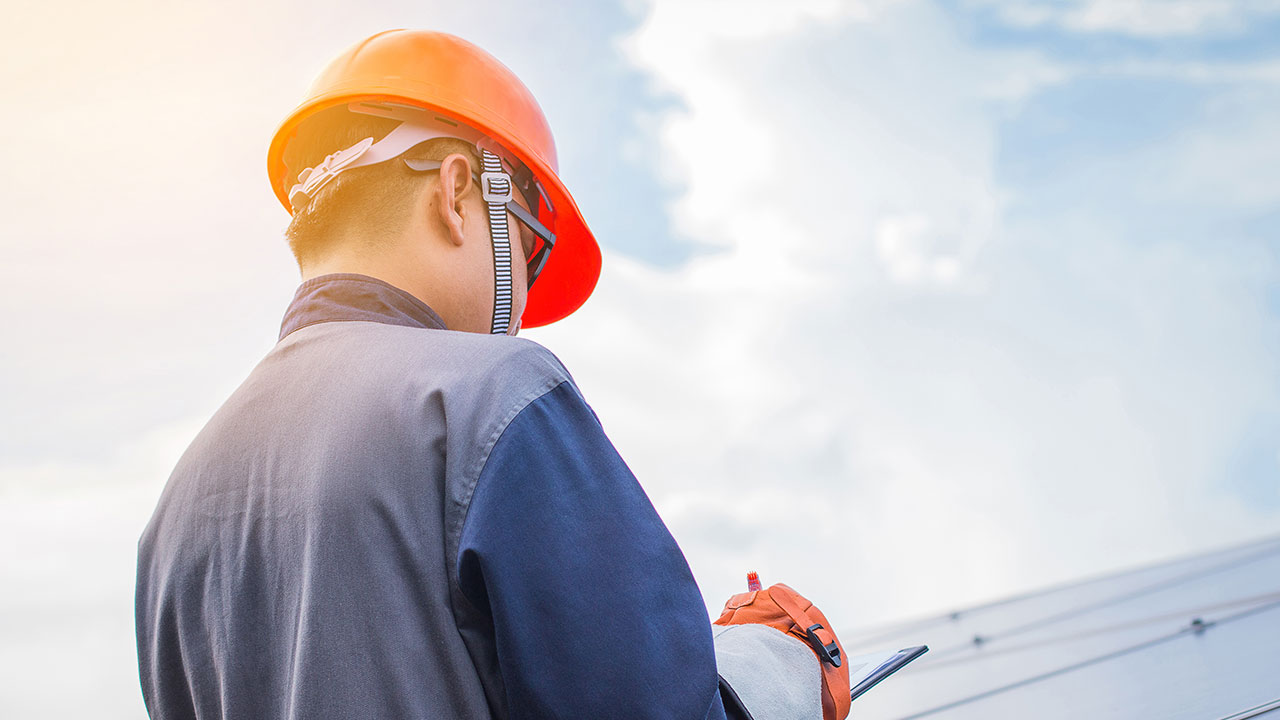If treated correctly, your roof could last anywhere from twenty to fifty years. Simply lasting is not a measure of roofing success, however—instead, you’ll want to look at lifetime costs. Picking the right commercial roofing materials up front, treating them properly, and investing in the correct infrastructure and maintenance programs will make your roof more efficient and more likely to last its full lifetime without incurring significant costs.
Defining and Creating an Efficient Roof
As far as the efficiency of your commercial roof is concerned, there are three main considerations you should take into account.
- First, you want it to have a low up-front cost
- Second, you want it to have a low energy cost
- Third, you want it to have a low maintenance cost
In other words, a good roof will be relatively inexpensive up front and relatively easy to maintain. In addition, it will provide a good seal for your building envelope, prevented cooled or heated air from escaping. What does this roof look like in real life?
Ensuring greater efficiency starts with material selection. Back in 2012, buildings.com conducted a study of two hypothetical roofs: a 10,000 sq. ft. premium black asphalt roof and a fully adhered white membrane roof of the same size. Using estimates from roofing consultants Simpson, Gumpertz and Heger, Inc, plus expert input from the DOE, they determined the lifetime cost of each roof.
While both roofs cost roughly $57,000 up front, with the white membrane roof being slightly more expensive, there were stark differences in lifetime maintenance costs. Over the course of twenty years, the black asphalt roof was projected to cost over $115,000 in maintenance. Meanwhile, the white membrane roof was predicted to cost less than $50,000.
Many components contribute to this difference. Energy is one—the black roof was able to save only $4,000 in energy costs versus $16,000 for its competitor. White membrane roofs reflect heat in the summer, making it cheaper to cool the building—although the report notes that the advantage only remains if you clean the roof at least once every three years.
Meanwhile, maintenance costs for both roofs start out approximately the same. After about seven years, however, the asphalt starts to chemically deteriorate due to UV exposure. By year fifteen, the owner must undertake a major renovation—and once the roof reaches end of life, the owner has to pay for the materials to be disposed of in a landfill.
By making what appears to be a relatively minor choice up front, you can drastically alter the cost, energy, and maintenance efficiency of your roof going forward.
Increasing the Efficiency of Your Existing Roof
Let’s say that instead of re-roofing your existing commercial roof, you’ve inherited a building in the middle of its lifecycle. You did not have a choice in the material of your roof, but there’s no reason to change it until it truly reaches its end of life. How do you modify your commercial roofing infrastructure so that it remains intact and efficient for as long as possible?
- Install pipe, duct, and cable tray supports
Placing pipes, ducts, and cables directly on your roof surface means that the roof could be heavily damaged in the event of a break or leak. In addition, having these elements in contact with the surface means that they will experience the same swings in temperature as the rest of your roof, making them subject to thermal shock. Pipe, duct, and cable tray supports protect both your roof and your rooftop components. - Add walkways and crossovers
Your roof should be regularly inspected and maintained—but your own maintenance program has the potential to damage your roof. When contractors and facilities personnel walk directly on the roof, it can damage the membrane and crush insulation. Using a non-penetrating walkway system removes the potential for damage. - Invest in platform systems
When possible, you should remove heavy infrastructure from direct contact with your roof. Platform systems help distribute the weight of structures such as generators and HVAC equipment, while providing an accessible area where technicians can maintain building systems. - Install solar panel mounts
Like pipes and cables, solar panels can collect heat when they lie directly on the surface of a roof and may damage the roof if they break due to thermal shock. What’s more, solar panels are designed to collect heat—so they’ll impart more damage to the roof if they’re left directly on the roof surface.
Investing in custom mounting systems and walkways for your infrastructure and workers can help protect your building’s roof. Systems like the PHP System/Design’s non-penetrating rooftop support structures will keep your roof and your equipment separate, preventing them from damage. This helps to defray long term maintenance costs—and keeps your roof performing efficiently throughout its long life.




